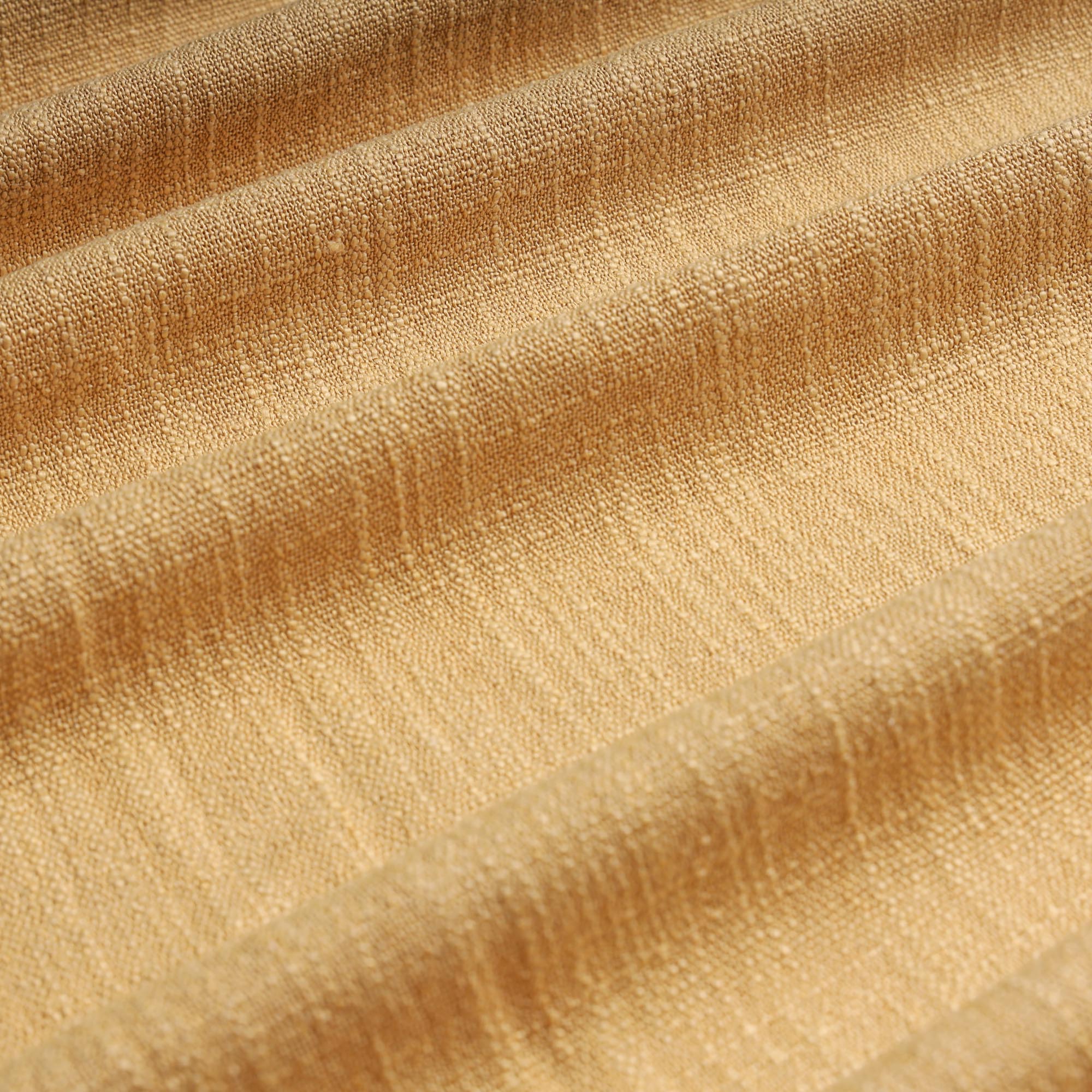









Linen Slub Texture Fabric Booklet
-
Elevate your home’s style with our Linen Slub Texture Swatch . These luxurious swatches feature a unique slub weave that adds depth and character to any window treatment.
Features:
- Rich Texture: Slub details create a natural, organic look with a touch of refinement.
- Premium Blend: Durable polyester combined with linen for a soft, textured finish.
- Luxurious Weight: Heavyweight fabric at 330 GSM ensures beautiful drape and sophistication.
- Color Variety: Choose from 10 versatile colors to match any room or personal style.
- Versatile Styling: Perfect for living rooms, bedrooms, and dining areas seeking an elegant touch.
Specifications:
- Fabric Composition: 90% Polyester, 10% Linen.
- Weight: 9.74 oz/yd²GSM for a premium, substantial feel.
- Swatch Size: 4 x 4 inches.
- Double-Sided Fabric: Uniform texture and color on both sides of the fabric.
Satisfaction Guaranteed: Swatches match the final fabric for complete confidence in your selection.
Hand wash cycle, gentle cycle machine washable in warm or cold water, do not wash in hot water. Dried on low heat or dry naturally, additionally iron it when they are still damp to remove creases and wrinkles. Wipe clean, dry clean, and do not bleach. Bleaching is not recommended because it can discolor and weaken the fibers. Linen fabric should never be twisted or scrubbed, as these can damage the fibers as well.
For pleated header styles, like pinch pleat, tailor pleat, inverted pleated box, goblet, and tape pleat, if the curtain finished length is over 108 inches, then the max finished curtain width without seam is 56 inches; if the curtain length is less than 108 inches, no seam for any curtain finished width. Otherwise, the width needs to be double-wide with a vertical seam.
For pleated header styles, like triple pleat and triple tailor pleat, if the curtain finished length is over 108 inches, then the max finished curtain width without seam is 50 inches; if the curtain length is less than 108 inches, no seam for any curtain finished width. Otherwise, the width needs to be double-wide with a vertical seam.
If you choose triple pleat or triple tailor pleat header style, then you couldn'y choose thermal blackout liner 250 gsm white finished. As it will be too heavy to sew.

Dandelion Polyester Drapery
It can bring a lot of light and airy feel, and is heavier, which will give you an understated elegance.
This textured curtain feature a soft feel and beautiful drape for casually warm windows. Make rooms look tidy and upscale, perfect decors for any occasion.

Modern-day style
In the context of interior design, neutral means without color. Neutrals such as beige, ivory, taupe, black, gray, and shades of white appear to be without color. but in many applications these hues often have undertones. Be aware of these underlying tones as you match colors. Neutral colors are muted shades that appear to lack color but often have underlying hues that change with different lighting. To some extent, blacks, browns, tans, golds, and beige are considered warm. Cooler colors, on the other hand, are white, ivory, silver, and gray.